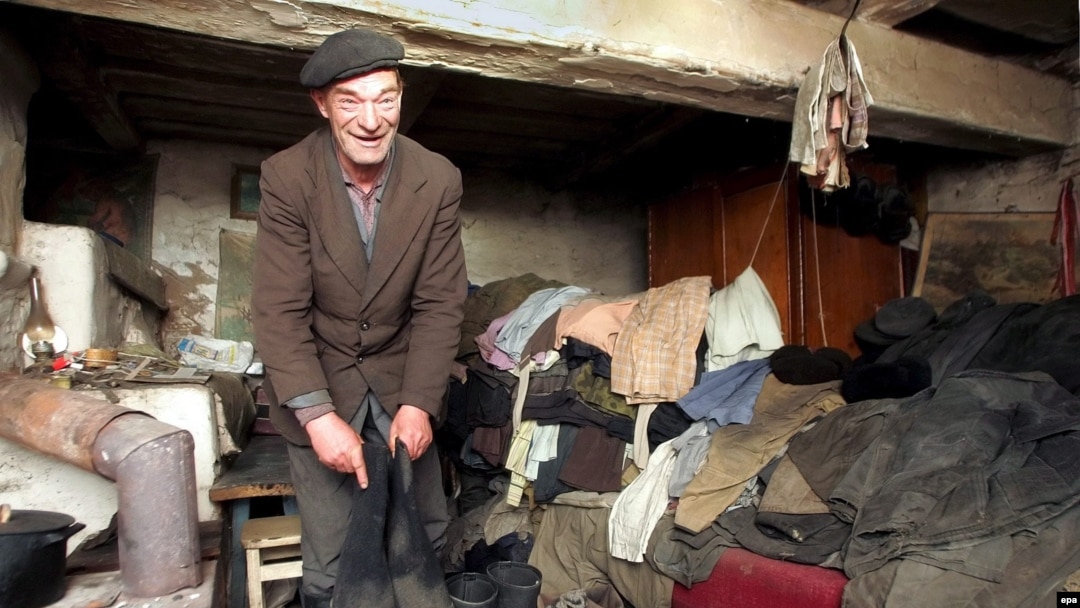The Moscow premiere of "Chernobyl Prayer: Chronicle Of The Future" marked the 20th anniversary of the tragedy.
Belarusian author Svyatlana Aleksiyevich wrote "Chernobyl Prayer" in 1997 based on the testimonies of people affected by the disaster, the world's worst nuclear disaster.
It has been widely translated and adapted for the stage by many European theaters.
The play's director and producer for the Russian stage says his own adaptation of Aleksiyevich's work illustrates the fear of a generation whose childhood was marked by the Chornobyl disaster and the threat of a nuclear war.
"I watched [the television news] but I couldn't understand anything, apart from these explosions," says Joel Lehtonen, a Finn. "I could see myself melting from radiation. I was scared, I remember, I was very scared."
His hope is that the play will prompt its Russian audience to reflect on the dangers of nuclear power.
The disaster resulted in the deaths of thousands and is expected to continue to cause deaths for decades to come. More than 300,000 people were evacuated in the wake of the disaster from areas in Ukraine, Belarus, and Russia.
Chornobyl Contamination Zones

THE DIRTY ZONE: Within a month of the April 26, 1986, Chornobyl explosion, Soviet authorities had evacuated almost 120,000 people from a zone within 30 kilometers of the plant. However, contamination by radioactive isotopes, particularly cesium-137, which has a half-life of 30 years, spread over a much wider area.
The map above shows the four areas of cesium-137 contamination across Belarus, Russia, and Ukraine. The Closed Zone shows contamination more than 40 curies per square kilometer, the Control Zone includes the Permanent Control Zone (15-40 curies per square kilometer) and Periodic Control Zone (5-15 curies per square kilometer), and the Unnamed Zone shows contamination of 1-15 curies per square kilometer.


